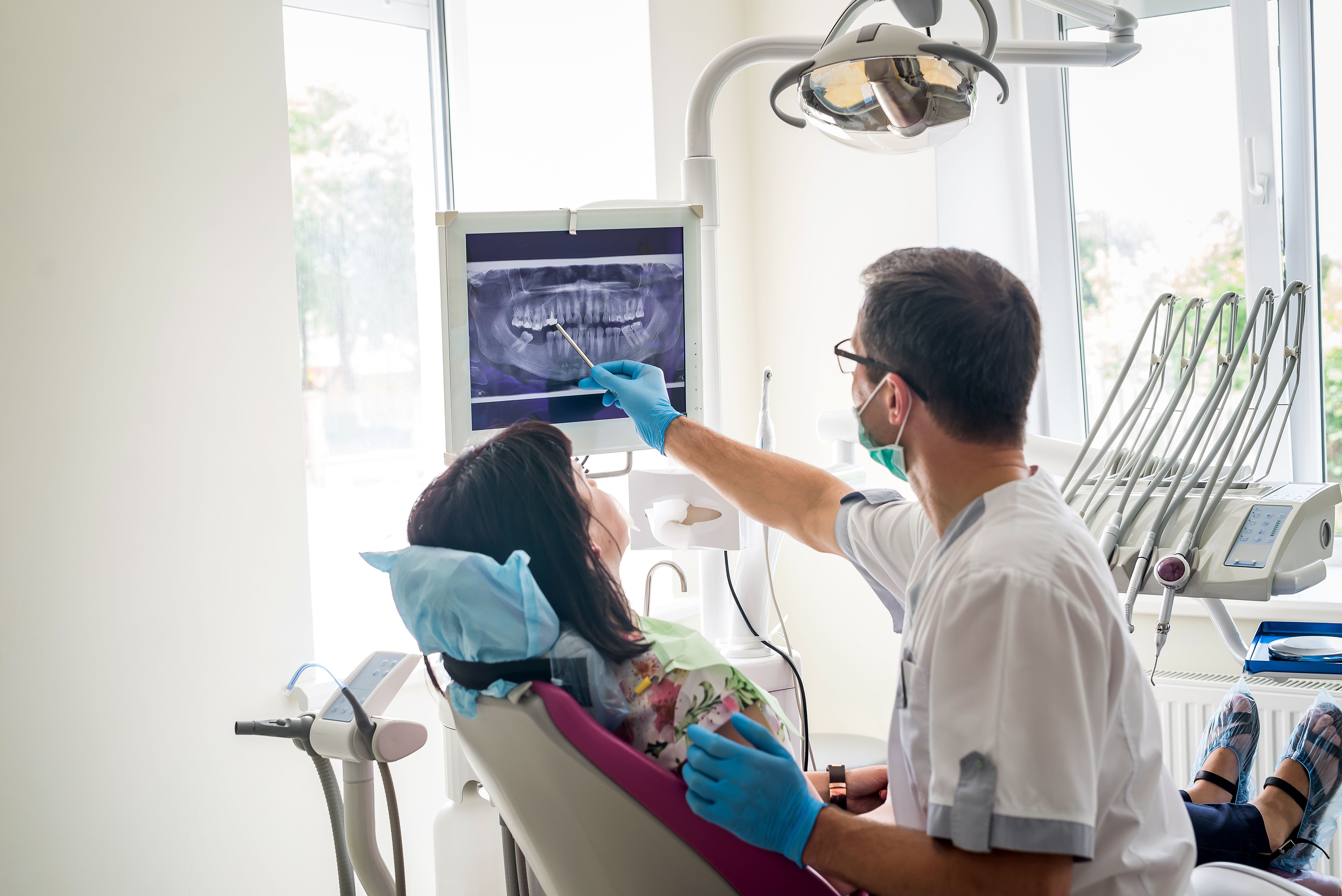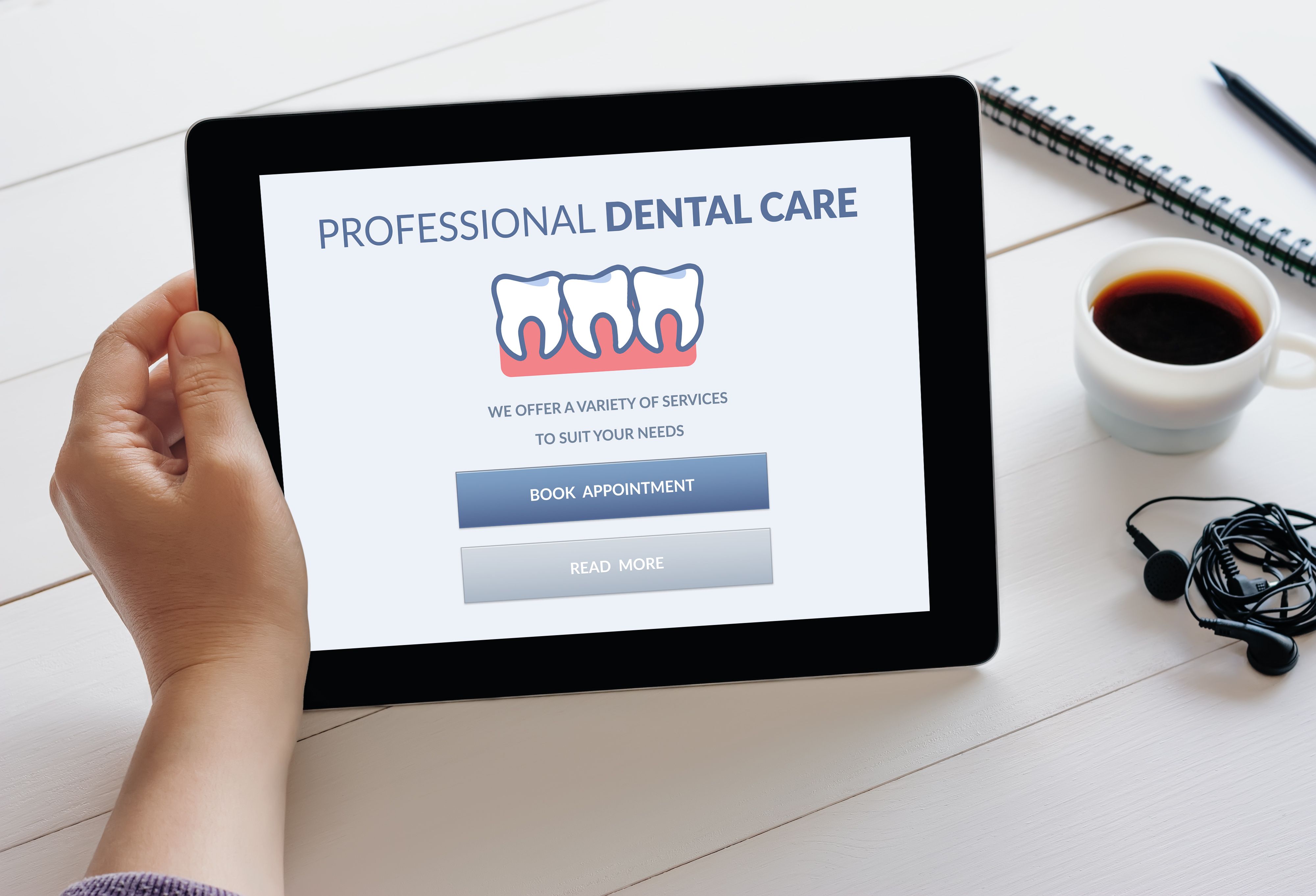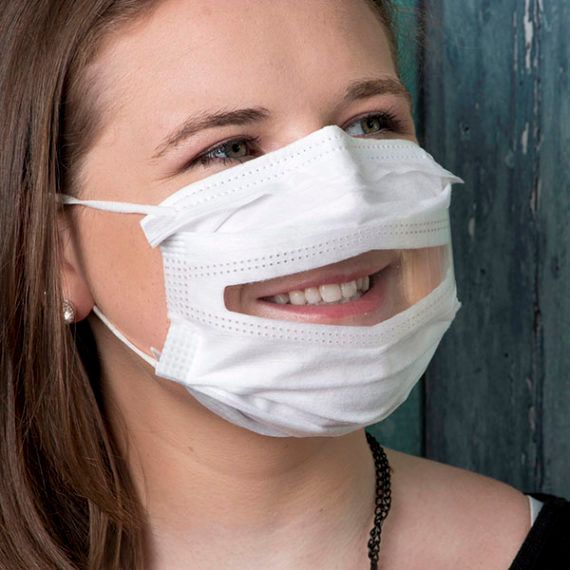- About Us
- Advertise
- Editorial
- Contact Us
- Terms and Conditions
- Privacy Policy
- Do Not Sell My Personal Information
© 2025 MJH Life Sciences™ and Dental Products Report. All rights reserved.
How to Accommodate Deaf Patients
Deaf History Month is celebrated from March 13 to April 15, so here we offer several steps to consider when treating deaf or hearing-challenged patients.

©Drazen/stock.adobe.com
In addition to clinical skills, communication skills are crucial to a successful career as a healthcare provider. Communication is especially important when treating patients who have a hearing deficiency or who are completely deaf. Although it can be challenging, proper planning can make treating hard-of-hearing or deaf patients incredibly rewarding.
Deaf History Month is celebrated from March 13 to April 15, so here we offer several steps to consider when treating deaf or hearing-challenged patients.

©syahrir/stock.adobe.com
Consider an Interpreter
This may vary from patient to patient, but asking a deaf or hard-of-hearing patient if they would like a sign language interpreter goes a long way in making that patient feel comfortable in your practice and ensures their needs are being met. Try to avoid family or friends interpreting for you, as they are likely not familiar with dental terminology—that is, unless the patient feels most comfortable going this route.
Consider developing a relationship with a sign language interpreter who specializes in dental or medical communication. If an interpreter is in the room, make sure to maintain eye contact with the patient as you speak. Eye contact ensures patients know that they are your prime focus.

©RomanR/stock.adobe.com
Use Visuals
Written comments, either using a pen and paper, whiteboard, or iPad, can go a long way. If you have screens mounted in your operatories, utilize those, too. Give deaf patients a written copy of all treatment options or post-op instructions before they leave the office. The use of other visual, non-verbal mediums, such as charts, graphs, or clinical images can also be extremely helpful in communicating treatments (and not just for deaf patients!).

©maicasaa/stock.adobe.com
Digital Booking/Appointment Reminders
Enabling patients to book online can be an extremely valuable tool for deaf patients, especially those who do not have/need a full-time caregiver. Text messages or email reminders are an asset for this community, as well. If your website doesn’t already have one, create an online patient portal so patients can log in and send electronic communications to the office regarding clinical care or appointment scheduling, book appointments, and receive reminders.

Image courtesy of Safe N' Clear, Inc.
Clear Masks
Reading lips is a major part of navigating the world as a deaf or hard-of-hearing person. It’s a good idea to have masks with a clear window on-hand for patients who rely on lip-reading, visual cues, or facial expressions. Plus, seeing their dentist smile can put any patient at ease, especially kids.

©Poj/stock.adobe.com
Schedule Extra Time
In a profession that revolves around efficiency, this is easier said than done, right? But in treating the hearing-deficit community, it’s important to add a few extra minutes to their appointments to allow for clear communication. This gives them plenty of time to ask questions without feeling rushed out of the operatory. This is an especially good idea if it is your first time treating a deaf patient, or it is a deaf patient’s first visit to your practice. Longer appointments may not be necessary as you work more closely with the deaf/hard-of-hearing and as you learn to anticipate their needs.
It’s also important to note that when speaking to a person who is hard-of-hearing that there is no need to speak slowly, but it is important to face the patient and enunciate more clearly, especially if you have facial hair. Also, be sure to turn off handpieces, ultrasonic scalers, and other background noise/equipment when speaking to the hard-of-hearing. Longer appointments have time built-in for this.

© lenets_tan/stock.adobe.com
Be Flexible/Let the Patient Decide
At the end of the day, the deaf community knows what works best for them. So, don’t be afraid to ask what they need to be comfortable. Make sure your front office staff asks about their specific needs and do your best to be accommodating. Be flexible, too—what helps one deaf person may not be helpful to another.
Related Content:



